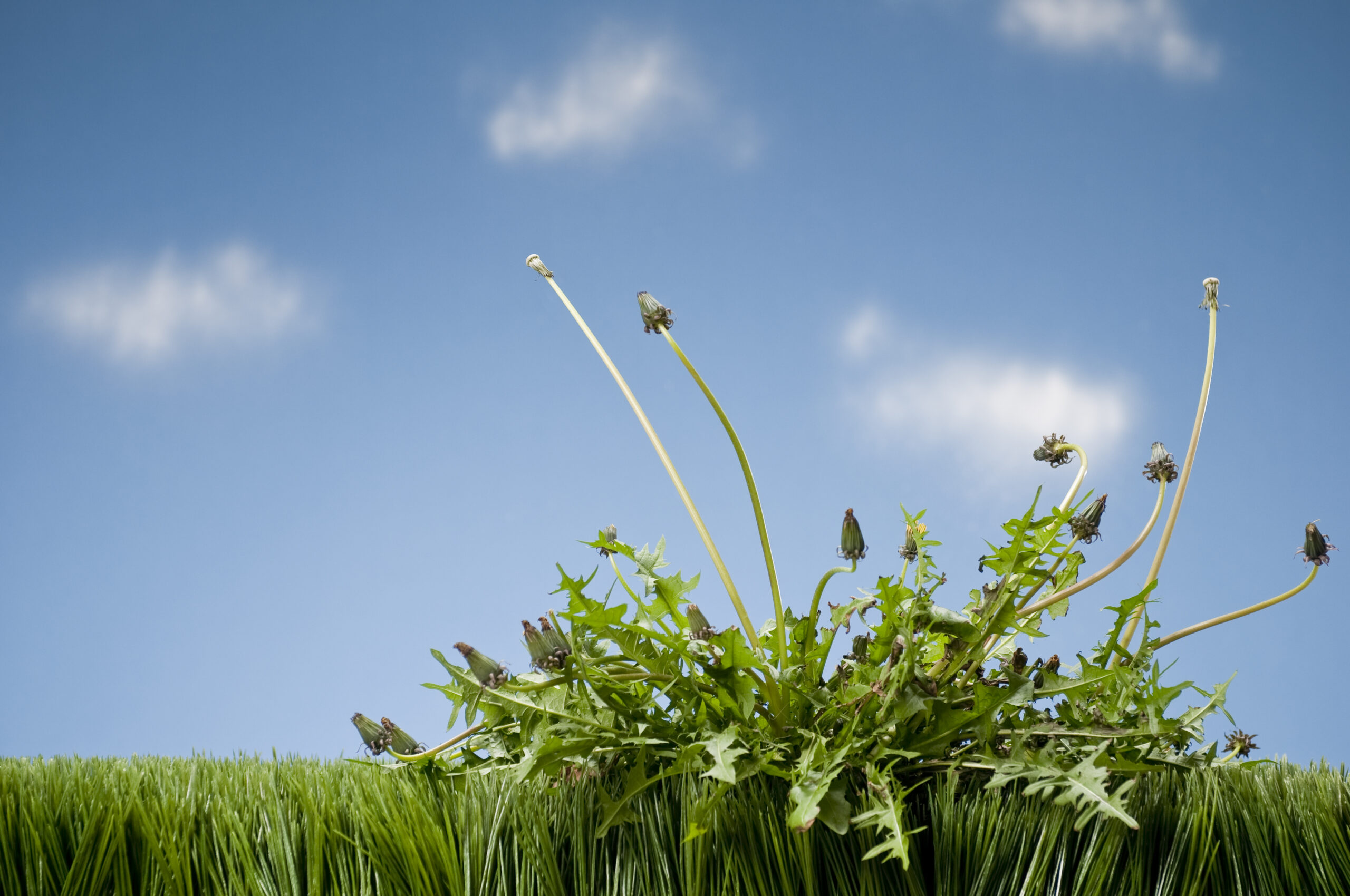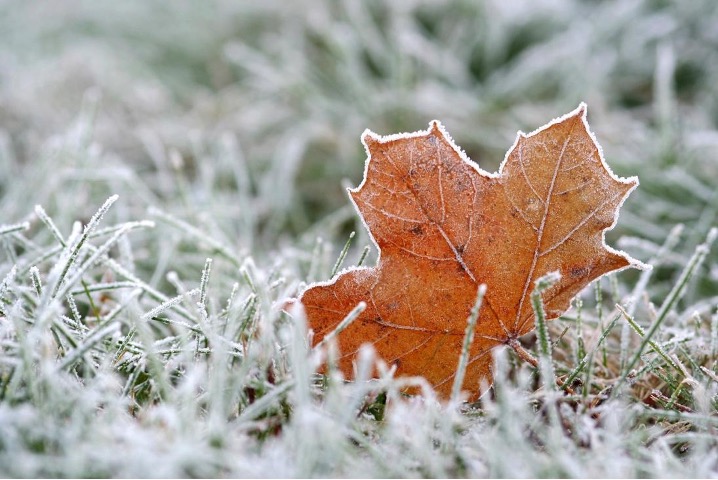Cleveland’s climate brings unique challenges when it comes to maintaining a healthy yard. Summers are hot and humid, while winters are long, cold, and snowy. By following a seasonal lawn care schedule, you can give your yard the right treatments at the right times—maximizing health, curb appeal, and long-term resilience.
Spring: Awakening the Yard
Melting snow and rising temperatures make spring an ideal time to prepare your landscape for the growing season.
Early Spring
March and early April are perfect for soil testing, tree and shrub care, early-season fertilization, and weed prevention. Start with a soil test to determine pH and nutrient levels. Adjustments like lime (to raise pH) or sulfur (to lower it) can set your lawn up for success.
Apply a slow-release fertilizer to encourage healthy green growth. To prevent early weed germination, apply a pre-emergent herbicide when soil temperatures consistently reach 55°F—typically mid-to-late April in Cleveland. Inspect trees and shrubs for winter damage and prune any dead or diseased branches to promote new growth.
Late Spring
From late April through May, focus on aeration, overseeding thin spots, refreshing mulch, and starting preventative grub treatments. If your soil is compacted from winter, core aeration can boost airflow and root absorption. Overseed to fill bare areas and thicken your turf before summer stress hits.
Grub control is most effective as a preventative treatment during this time, targeting larvae before they damage roots. Refresh mulch around garden beds and plant native Cleveland species, like Ohio spiderwort or purple coneflower, for easier care and stronger local performance.
Summer: Maintaining Landscape Health
Cleveland summers bring heat and humidity that can stress even healthy lawns. Proper maintenance is key to keeping everything green and strong.
Early Summer
In June and early July, mow at 3 to 4 inches to shade the soil and discourage weeds. Water deeply (about 1 inch per week) to encourage deep root growth. Apply summer fertilizer to maintain lawn vigor and monitor for early signs of grubs, chinch bugs, and fungal disease.
Treat weeds selectively, avoiding herbicide use during high-heat days to protect your grass. Consider hiring a professional if pest or disease issues appear suddenly or spread quickly.
Late Summer
Late July through August is prime time for drought management and mid-season inspections. If drought sets in, let your grass go dormant rather than overwatering, which can increase disease risk. Keep newly planted trees and shrubs hydrated. Monitor for Japanese beetles and other late-season pests that can stress ornamentals and turfgrass.
Fall: Making the Lawn Stronger
Fall is your best window for rejuvenating your lawn before winter. Cooler temps and more rainfall make this the ideal season for turf renovation.
Early Fall
In September and October, core aeration relieves soil compaction and improves nutrient flow. Overseeding fills in bare patches and thickens your lawn. Apply a high-nitrogen fertilizer to support strong root growth going into dormancy.
This is also the best time to treat broadleaf weeds like clover and dandelions while they’re still active.
Late Fall
October through November is time for leaf management and winter prep. Clear leaves regularly to prevent mold and snow mold. Use a mulching mower to recycle nutrients back into the lawn. For your final mow, trim to around 2.5 inches to prevent matting under the snow. Wrap young trees with burlap or tree guards to protect against frost cracks and animal damage.
Winter: Protecting the Yard
From December to February, most of your lawn will remain dormant—but some light maintenance goes a long way.
Use calcium-based snow melt on sidewalks and driveways to minimize damage to nearby grass and beds. Brush heavy snow off shrubs to prevent breakage. Wrap vulnerable plants in burlap to reduce windburn and desiccation.
As snow melts, inspect your lawn for signs of snow mold—gray or pink patches in matted grass. A light raking can improve air circulation and help the lawn recover.
The Advantages of Following a Seasonal Lawn Care Schedule
Encouraging Strong, Healthy Growth
Feeding your lawn at the right times—especially in spring and early fall—helps roots grow deeper and blades grow thicker. The result? A lawn that’s resilient and beautiful all year long.
Preventing Weeds and Lawn Diseases
Pre-emergent treatments in spring and broadleaf control in fall stop weeds before they take over. Seasonal timing also helps you control lawn diseases and reduce the need for harsh treatments later.
Improved Resistance to Pests and Environmental Stress
Healthy lawns resist pests like chinch bugs, grubs, and Japanese beetles more effectively. Seasonal care also helps your yard weather drought, downpours, and temperature swings more gracefully.
Saving Time and Improving Money Matters
Preventative care reduces the need for expensive treatments or turf replacement. Plus, a well-maintained lawn can boost your property’s value and market appeal.
An Enjoyable Environment
A lush yard creates a cleaner, cooler, more relaxing outdoor space. Good seasonal care supports better air quality, carbon capture, and water conservation—helping the environment while improving your quality of life.
Seasonal Care Means Year-Round Results
If you want a resilient and thriving lawn in Cleveland, timing is everything. Following a seasonal lawn care plan allows you to get ahead of common problems, enjoy a greener yard, and reduce stress later in the year.
Lawn Squad® offers lawn fertilization, weed control, and tree and shrub care tailored to Ohio’s seasons. We also provide lawn disease control, commercial services, and pest management for grubs, chinch bugs, Japanese beetles, and other regional threats. Contact Lawn Squad of Cleveland to schedule your seasonal lawn care and keep your yard thriving in every season.






